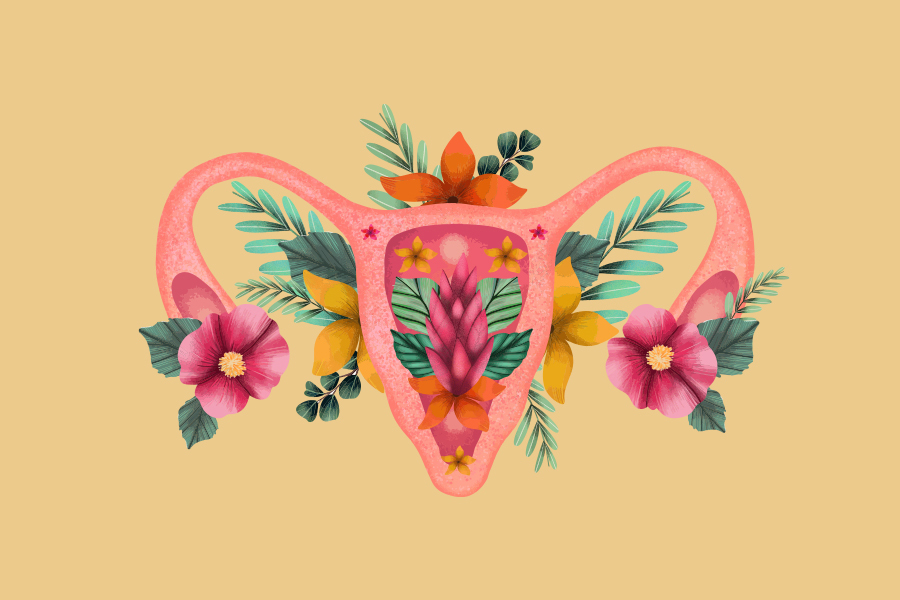Can low ovarian reserve be improved?
The treatment and handling of patients with low ovarian reserve is currently a source of controversy, as there is no defined strategy to adopt in this group of women who have a poorer prognosis for achieving pregnancy.
In this post, we talk about dual stimulation, a new strategy to improve low ovarian response.

The importance of correct ovarian stimulation
There is evidence that the greater the number of oocytes obtained after ovarian stimulation, the better the chances of gestation. For this reason, any strategy to be developed must be aimed at obtaining as many oocytes as possible, to maximise the chances of having at least one euploid embryo (containing 46 normal chromosomes) to transfer, which once transferred allows a high probability of gestation regardless of the age of the woman and her ovarian reserve.
Increasing the doses of gonadotrophins used during stimulation is not a good strategy, as these hormones are able to stimulate the development of follicles present in the ovary, but cannot induce the development of new ones, and high doses of gonadotrophins can lead to worse outcomes as they promote elevated levels of progesterone and other steroids that have a negative impact on the achievement of a pregnancy.
Dual ovarian stimulation
The discovery by Dr. Angela Baerwald (1) in 2003 of waves of follicle growth in a single cycle was of great importance, as until then, it was thought that only a single serie of follicles began to develop in each menstrual cycle.
This discovery was key and has allowed the development of the concept of dual stimulation, the combination of stimulation during the follicular phase and the luteal phase in a single cycle in patients with low ovarian reserve, women with an antral follicle count of less than 5, an AMH level of less than 1.2ng/ml, or a history of in vitro fertilisation cycle with three oocytes or less.
Most authors agree that the fertilisation capacity, division, and genetic load of embryos obtained after stimulation in the follicular or luteal phase do not differ. A higher number of complications after the second ovarian puncture in the luteal phase has not been reported. There is also a trend towards a higher number of oocytes obtained in luteal phase stimulation (2).
Dual stimulation is a promising alternative to increase the number of oocytes in patients with low ovarian reserve, and increases the likelihood of obtaining at least one euploid embryo for transfer in a single ovarian cycle. (3).
Our experience at Clinica Fertia with this dual stimulation strategy has been very positive, obtaining on average one more oocyte in the luteal phase stimulation, as well as the observation that in 20% of cases in which it was not possible to obtain a blastocyst after the first stimulation, the development of a blastocyst was achieved after the luteal phase stimulation. We consider this protocol to be a good treatment alternative in these women with a poorer prognosis.
If after reading this post you would like to know more about the dual stimulation strategy or if you have any questions, we invite you to contact our team or request a free first consultation to learn more about this innovative strategy.
Bibliography
- Baerwald Ar, Adams GP, Pirson Ra. Characterization of ovarian folicular wave dynamics in women.Biol Reprod.2003;69:1023-1031.
- Vaiarelli A, Venturell R, Vizzielo D. Dual ovarian stimulation and random start in assisted reproductive technologies:from ovarian biology to clinical application.Curr Opin Obstet Gynecol.2017;29:153-159.
- Ubaldi Fm, Capalbo A, Vaiarelli A. Follicular versus luteal phase stimulation during the same menstrual cycle (duo Stim) in a reduced ovarian population rsults I a similar euploid blastocyst formation rate:new insight in ovarian reserve exploitation.Fertil Steril.2016;105:1488-1495.